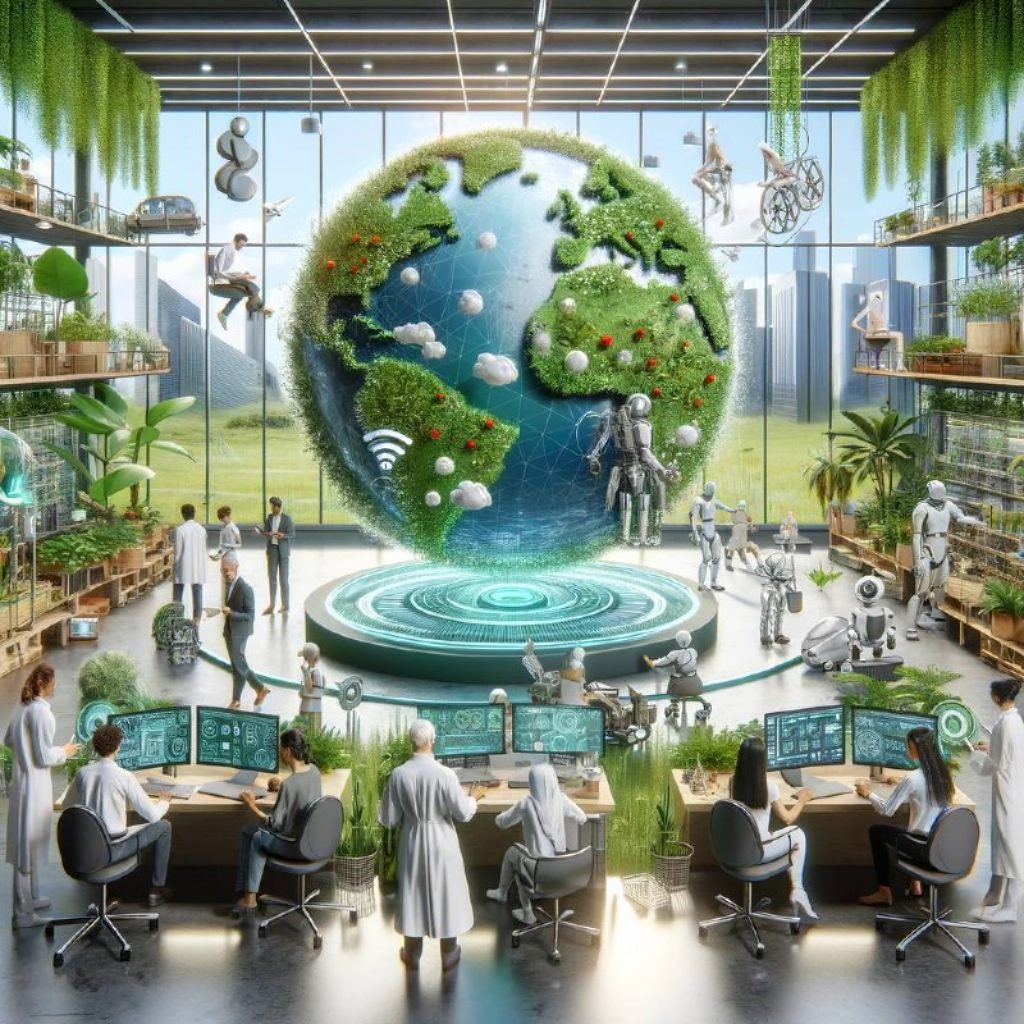The manufacturing industry, a pioneer in adopting computer-based technologies since the 1970s, is now leading the charge in integrating Artificial Intelligence (AI). With the global AI in the manufacturing market valued at $3.2 billion in 2023 and projected to reach $20.8 billion by 2028, it’s clear that manufacturers are making substantial investments in AI to drive their evolution into the next industrial era, Industry 4.0. This article explores key applications of AI in manufacturing, the challenges faced, and the potential transformation awaiting the sector.
Enhancing operations with AI
The deployment of collaborative robots, or ‘cobots,’ marks a significant step forward in manufacturing. Unlike traditional robots, cobots work alongside humans, enhancing safety, productivity, and efficiency. They are versatile, performing tasks from welding to packaging with AI-driven machine vision.
AI’s impact extends to supply chain management, with machine learning and Big Data analytics enabling autonomous planning. This ensures consistent supply-chain performance with minimal human oversight, even in volatile conditions. In addition, AI agents are now scheduling complex manufacturing lines, considering various parameters to maximize throughput while minimizing costs.
Predictive maintenance is another area where AI shines. By analyzing data from machinery and shop floor processes, AI identifies patterns to predict and prevent breakdowns. This approach improves productivity and cost efficiency and enhances equipment health. Generative AI adds value by scanning documents like maintenance logs and providing precise information for troubleshooting and maintenance activities.
Innovating product design and quality control
AI is revolutionizing product design by analyzing market trends, regulatory compliance changes, and customer feedback. This enables designers to innovate and ensure compliance efficiently. For instance 2019, General Motors used a generative design for a lighter, stronger seat bracket in its electric vehicles. AI also allows for testing and refining product designs virtually, reducing development time and costs.
In quality control, AI’s image recognition capabilities are pivotal in detecting equipment damage and product defects. AI models, trained with images of good and defective products, can predict if an item needs reworking, recycling, or scrapping. Moreover, AI analyzes production data, incident reports, and customer complaints to identify areas for improvement.
Empowering employees and overcoming barriers
AI is not just about automation; it’s also about empowering employees. By automating repetitive tasks, AI allows workers to focus on more creative activities. It provides actionable insights, enhancing efficiency and effectiveness. Modern AI solutions, integrated with sensors and wearable technology, also play a crucial role in ensuring the safety of factory personnel.
Despite these advancements, the full benefits of AI in manufacturing are yet to be realized. A survey of 3,000 organizations revealed that only 10% achieved significant financial gains from AI. Challenges include a mismatch between AI capabilities and operational needs, the requirement for significant customization, and the lack of explainable AI models.
One significant hurdle is the need for massive datasets of clean, accurate, and unbiased data. Often, manufacturers struggle with fragmented or poor-quality data, leading to suboptimal outcomes. Harmonizing data across functions and business units is crucial for effective AI implementation.
As manufacturers address these challenges, the transformative potential of AI in every aspect of their business is immense. From improving operations to innovating product design, AI is not just a tool for efficiency but a catalyst for a new era in manufacturing. The journey towards a fully AI-integrated Industry 4.0 is complex, but the rewards promise to be substantial, reshaping the manufacturing landscape for decades.





